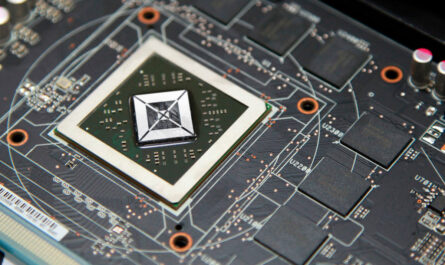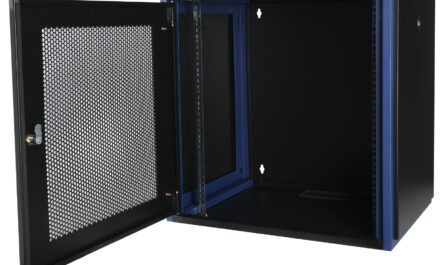Accelerometers and Pressure Sensors
One of the most widely used MEMS devices are accelerometers and pressure sensors. These tiny sensors are found in various applications ranging from automobile airbags and anti-lock braking systems to smartphones. Accelerometers detect acceleration forces and are used in devices like smartphones to sense their orientation and trigger displaying the screen in landscape or portrait mode. Pressure sensors measure atmospheric pressure and can sense changes in altitude. They help improve GPS accuracy in smartphones and allow barometers to display weather data. MEMS accelerometers and pressure sensors utilize very small beams or membranes that deflect in response to acceleration or pressure. This deflection is measured electrically via capacitive plates or piezoresistors to detect changes in movement or pressure.
Microphones and Inkjet Printer Heads
MEMS microphones are another commonly found device. Unlike conventional microphones, Microelectromechanical Systems (MEMS) microphones utilize a very small diaphragm that vibrates in response to sound waves. This vibration is converted to an electrical signal via components like a capacitor plate. Their small size allows them to be integrated directly onto devices like phones and laptops. Inkjet printer heads use arrays of microscopic nozzles manufactured via MEMS techniques to precisely control and direct droplets of ink onto paper. These nozzles can fire droplets with picoliter volumes at frequencies exceeding 10 kHz. MEMS enables consistent, high-resolution printing essential for applications like photography printing.
Digital Light Processing
An important display technology utilizing MEMS is digital light processing or DLP. DLP projectors and some HDTVs contain a digital micromirror device or DMD which is one of the earliest commercially successful MEMS. A DMD contains a grid of hundreds of thousands of aluminum-coated microscopic mirrors, each about 16 μm in size that can rapidly tilt between two orientations under electric current. White light from a lamp illuminates the DMD and the tilted mirrors either reflect light through the projection lens to brighten those pixels or direct it away to darken them. Rapid sequential tilting of the mirrors allows generating color images. The small mirror size, fast switching speeds and absence of bulky moving parts enable compact, high-definition projection in DLP displays.
Medical Applications
MEMS are finding increasing use in medical applications from minimally invasive surgeries to lab-on-a-chip technologies. Microelectromechanical Systems (MEMS) pressure sensors and flow sensors help monitor blood pressure and flows in catheters, guidewires and ventilators. Microgrippers and minimally invasive surgical tools utilize MEMS forceps, clamps and position sensors. Implantable devices like hearing aids and pacemakers leverage accelerometers, pressure sensors and energy harvesters. Lab-on-a-chip technologies integrate fluid flow control, chemical processing, detection and analysis onto miniature chips utilizing MEMS microchannels, pumps and sensors for point-of-care diagnostics. Devices like centrifugal microfluidic platforms provide automated sample-to-answer molecular assays. MEMS open up new avenues for safe, affordable healthcare delivery.
Automotive and Robotics Implementations
The automotive industry has embraced MEMS for advanced driver assistance, safety and efficiency applications. Airbag deployment systems utilize MEMS accelerometers to detect the severity of impact. Tire pressure monitoring systems employ MEMS pressure sensors. Inertial MEMS are incorporated in electronic stability control systems for rollover detection. Automotive companies are researching MEMS for collision avoidance radars, optical sensors for lane departure warning, and MEMS mirrors for blind spot monitoring. Industrial and service robotics leverage MEMS inertial measurement units, linear and rotary position sensors, along with MEMS ultrasonic and microwave radar sensors for precision motion control, navigation and machine vision. MEMS are crucial in enabling autonomous vehicles and industrial robotics.
Opportunities and Challenges
The global MEMS market is projected to reach $86 billion by 2026 due to widespread integration across industries. But challenges remain regarding manufacturability, reliability and integration of complex multi-domain systems. New materials like piezoelectric alloys enable novel sensor and actuator applications. Advancements in 3D fabrication will propel developments in fields such as flexible electronics, bioMEMS and neurotechnologies. The future of MEMS is promising with pervasive deployment in applications from virtual reality to renewable energy. MEMS will continue transforming technology and society with their small yet powerful amalgamation of electronics and mechanics.
*Note:
1. Source: Coherent Market Insights, Public sources, Desk research
2. We have leveraged AI tools to mine information and compile it



